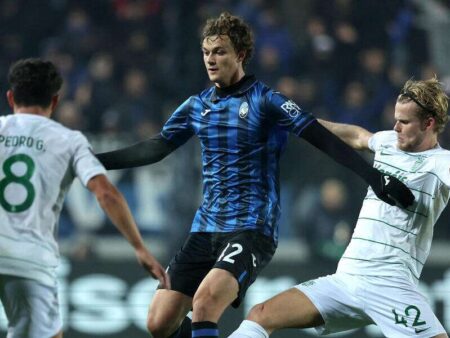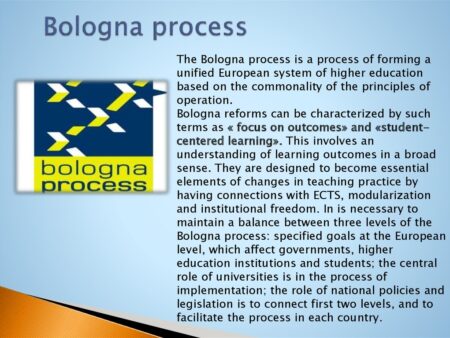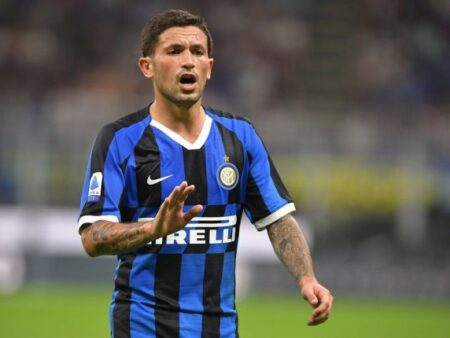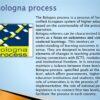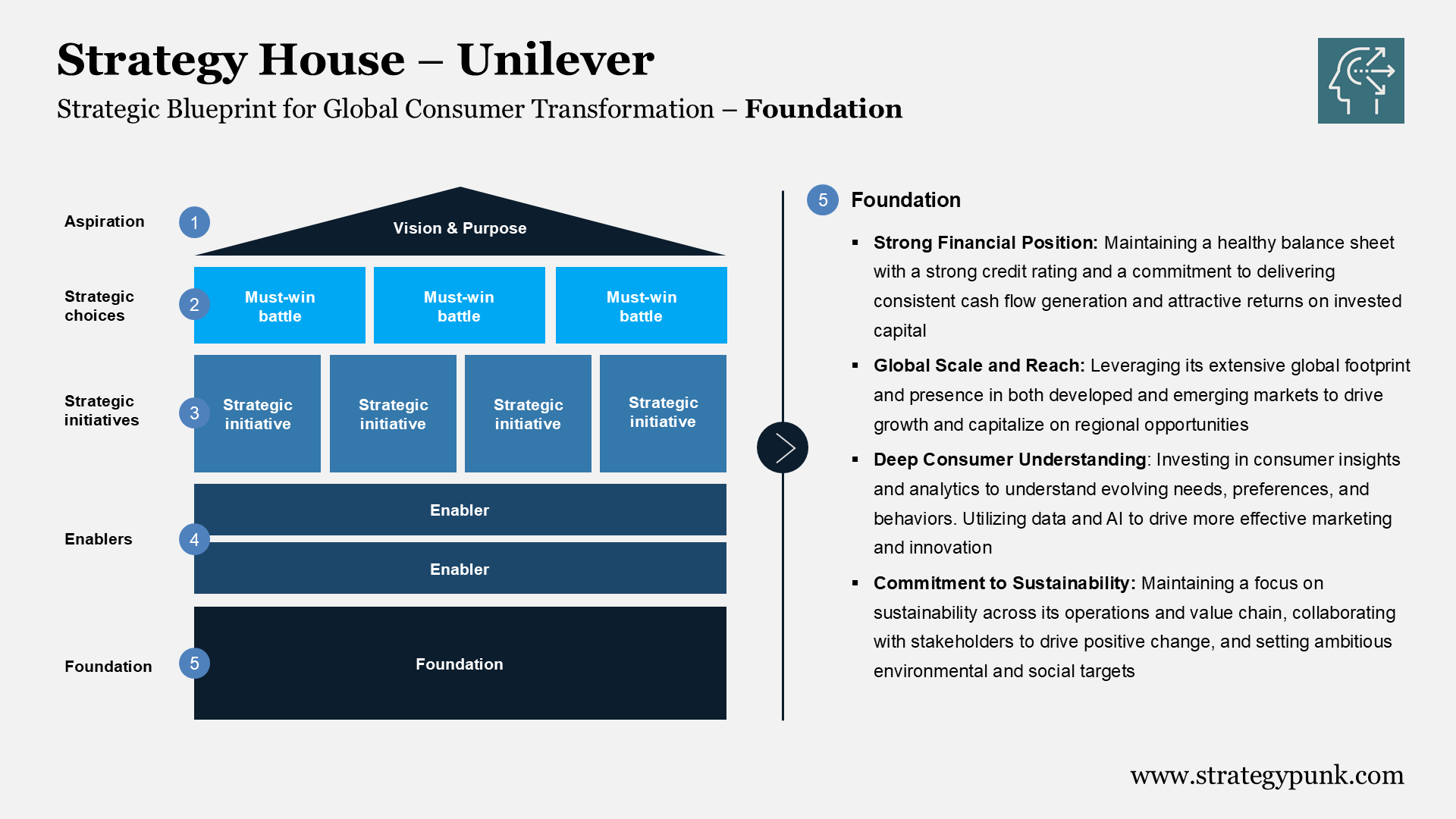
Strategic Player Sales and Astute Investments Propel Atalanta`s Enduring Success
Just eleven months prior, Mateo Retegui’s arrival in Bergamo was largely unplanned. However, he swiftly emerged as the team’s top scorer, brilliantly compensating for the injured Scamacca. Now, Retegui departs, leaving Atalanta with a remarkable €68 million transfer fee. He moves to Saudi Arabia, securing an annual salary of €20 million, and exits the club with widespread applause for his contributions.

A Model Transfer Operation
The handling of the Italian-Argentine striker’s transfer serves as a textbook example of efficient club management. In less than a year, a player acquired for €21 million was resold for €68 million (including bonuses), resulting in a substantial capital gain of €53 million on the balance sheet, after deducting approximately €5 million for the first year`s amortization. This highly profitable transaction also diffused potential locker room tension, as Retegui had been advocating for a salary increase to acknowledge his excellent performance. His representatives had engaged with Premier League and La Liga clubs, notably Atletico Madrid, in recent weeks, but these discussions had been preliminary. Essentially, had this immense opportunity not materialized, Atalanta’s leadership would have still needed to address his dissatisfaction with his €2 million net annual salary.
Another Key Player Departure
July commenced with another significant transfer: Matteo Ruggeri’s move to Atletico Madrid for €20 million (including bonuses). In this instance, the financial benefit to Atalanta’s balance sheet is complete, given that the left-back was nurtured within the club’s youth academy. Consequently, the active balance sheet has already reached €73 million from these sales. However, €17 million (plus €6 million in bonuses and a 5% sell-on clause) was immediately reinvested in the promising 17-year-old Honest Ahanor from Genoa. This sum, a record for a 17-year-old with just six Serie A appearances, demonstrates Atalanta’s unwavering strategy: generating revenue from sales while immediately looking to the future with new investments, consistently targeting young talents for development.
A Look at Recent History
Even in the previous season, despite expenditures totaling €113 million, the club registered a net loss of €43 million. This occurred despite the lucrative sale of Koopmeiners to Juventus for approximately €60 million. Concurrently, a significant number of players seeking to establish themselves arrived at the club. Recalling the 2023-24 season, it marked the most profitable sale in the club’s history: Rasmus Hojlund to Manchester United for an astounding €78 million. Just the summer before, €21 million had been invested in the young Dane, a truly fortunate intuition for a largely unknown 21-year-old. In the summer of 2022, the club again hit the jackpot with Romero’s transfer to Tottenham for €52 million, an exceptional deal considering the Argentine defender had cost only €18 million in the initial arrangement with Juventus.
The Atalanta Model in Action
These escalating figures clearly illustrate how a player`s valuation is tied not only to their seasonal performance but also to the strength and reputation of the club that signs them. In this context, Atalanta’s consistent results underscore its relentless growth. The “Dea” has firmly established itself as a benchmark in European football. This demonstrates that Atalanta’s player trading strategy is far from a mere, sterile accounting of inflows and outflows. The sustained success under former coach Gasperini (a legacy current coach Juric is now tasked with upholding) ensures a policy of continuous squad strengthening built on robust principles. Despite individual player turnover, the club adheres to a powerful, overarching philosophy dedicated to long-term planning. It is, therefore, no surprise that American shareholder Stephen Pagliuca has effectively entrusted the club’s management to the Percassi family, an absolute guarantee of stability and vision.
